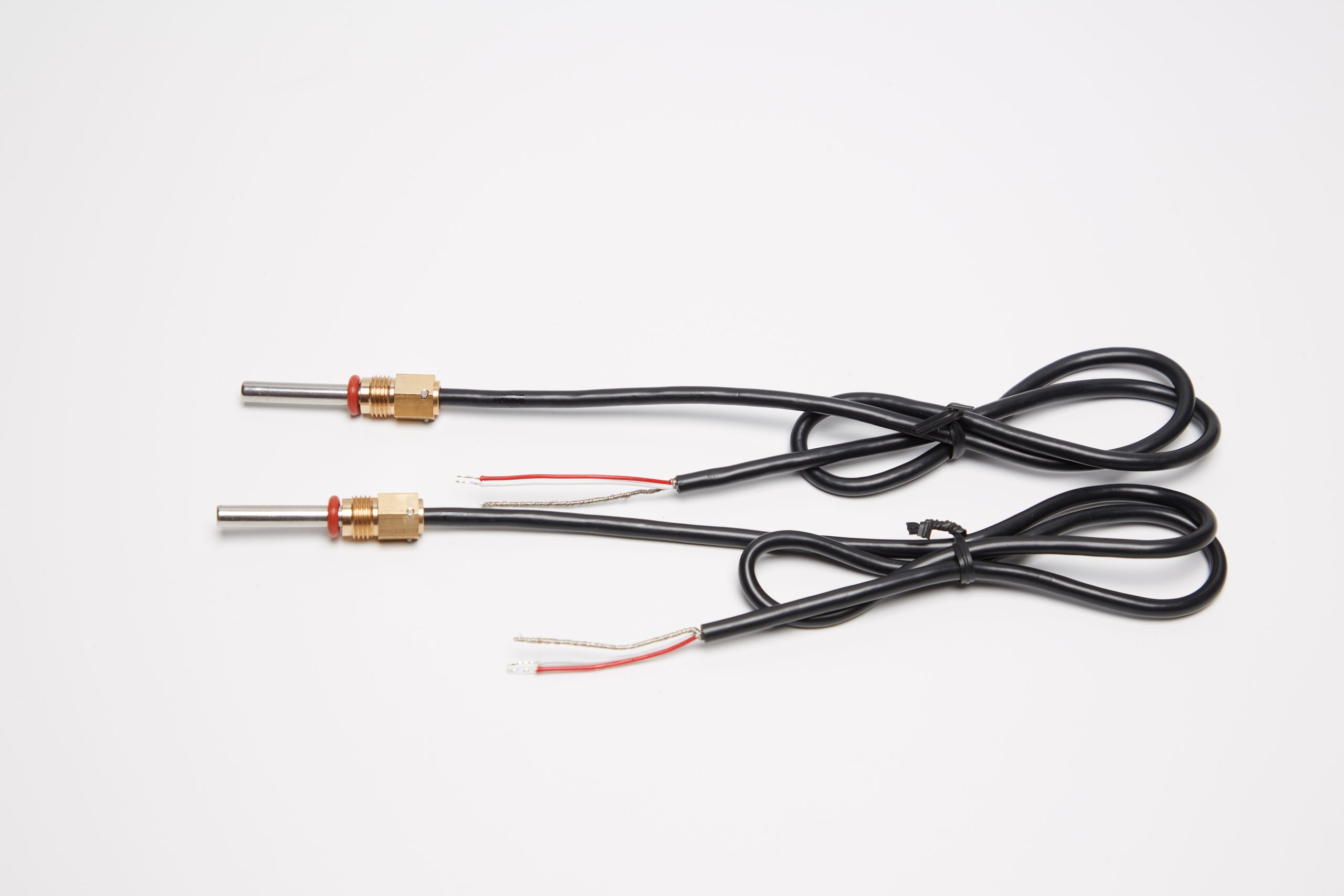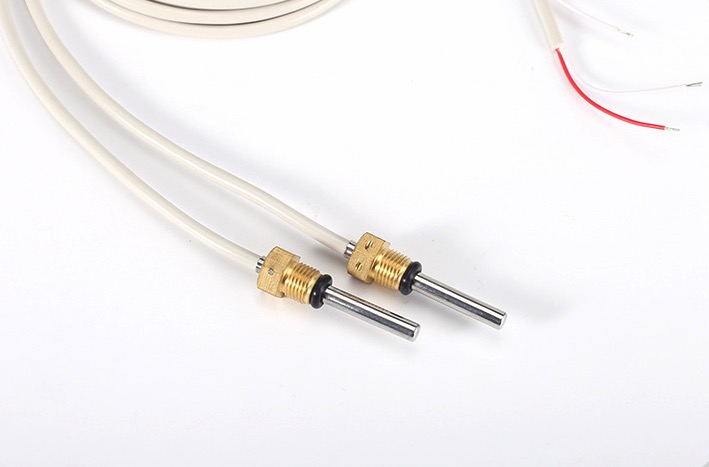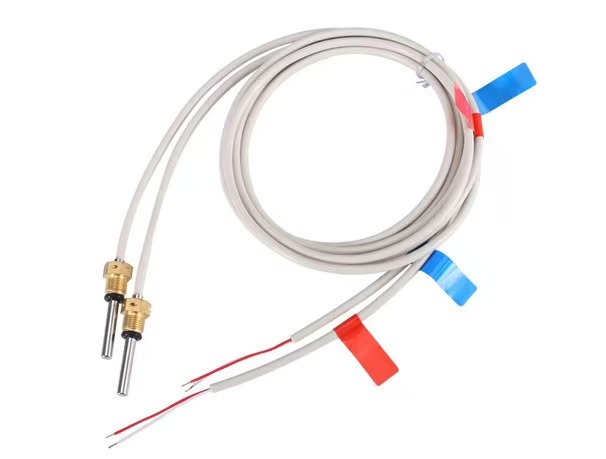Temperature and Humidity Sensor Block Diagram
Article Summary:
This article provides an overview of the block diagram of a temperature and humidity sensor. It discusses the main components and their functions in monitoring and measuring temperature and humidity levels. The article is structured as follows:
Introduction
Temperature and humidity sensors are widely used in various applications such as environmental monitoring, HVAC systems, and industrial processes. They provide valuable data for maintaining optimal conditions and ensuring the efficiency of these systems. The block diagram illustrates the key components involved in the measurement and monitoring of temperature and humidity levels.
Sensor Components
The sensor consists of several essential components, including:
- Temperature Sensor: Measures the ambient temperature.
- Humidity Sensor: Measures the relative humidity of the environment.
- Analog-to-Digital Converter (ADC): Converts analog signals from the sensors into digital data.
- Microcontroller: Controls the overall operation and processes the sensor data.
Signal Processing
The sensor signals are processed as follows:
- The temperature and humidity sensors detect the environmental conditions.
- The analog signals from the sensors are converted into digital data by the ADC.
- The microcontroller receives the digital data and performs necessary calculations and calibrations.
- The processed data is then used for monitoring or control purposes.
Data Output
The data obtained from the sensor can be outputted in various ways:
- Display: The temperature and humidity values can be shown on a digital display unit.
- Communication Interface: The sensor can transmit data to other devices via interfaces such as I2C, SPI, UART, or wireless protocols.
- Data Logging: The data can be logged and stored in a memory device for further analysis and record-keeping.
Conclusion
The temperature and humidity sensor block diagram demonstrates the fundamental components and their interactions in measuring and monitoring environmental conditions. By accurately detecting and processing temperature and humidity data, these sensors play a crucial role in various applications, contributing to optimal system performance and energy efficiency.
Thank you for reading this article on the temperature and humidity sensor block diagram. We hope you found it informative and helpful. If you have any questions or feedback, please feel free to reach out to us.





